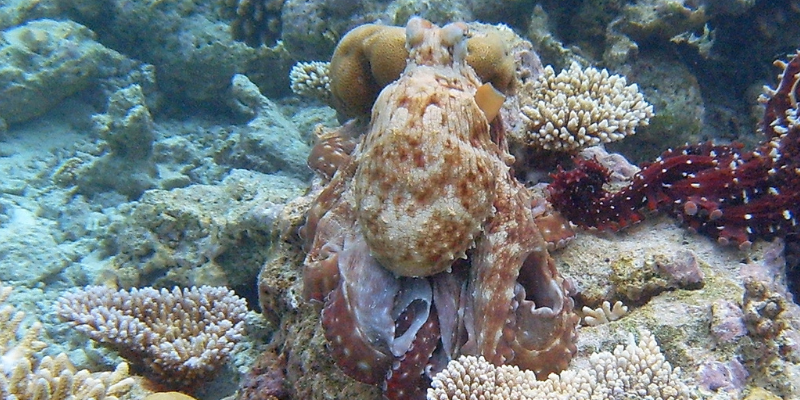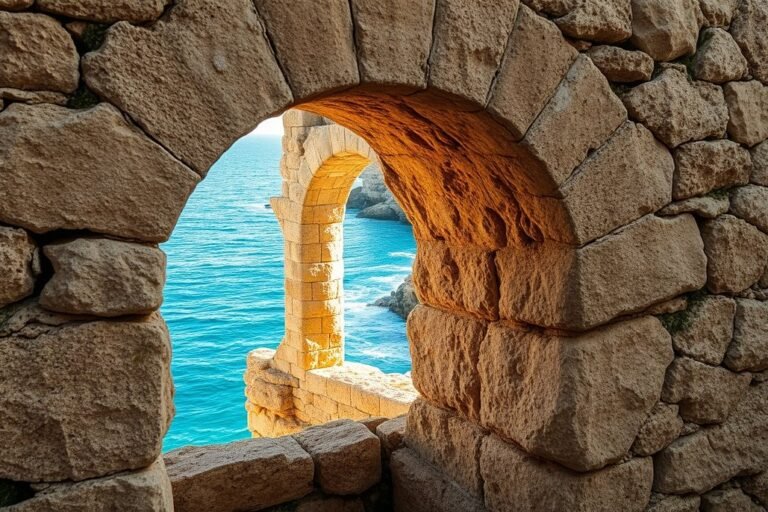La Reserva Marina de la Isla de Tabarca, situada en la costa de Alicante, España, es un área protegida conocida por su rica biodiversidad marina. Esta reserva atrae a buceadores y amantes de la naturaleza deseosos de explorar su vibrante vida submarina
Marine Fauna in the Tabarca Reserve
-
- Gilthead seabream (Sparus aurata): Known for their beauty and gastronomic value, gilthead seabream are a common sight in the shallow waters around the island.
- Sargos (Diplodus sargus): These fish, easily recognizable by their vertical stripes and robust body, are common in the area and can be seen near the rocks.
- Moray eels (Muraena helena): Although they may look intimidating, moray eels are a fascinating species that inhabit the underwater crevices and caverns of the reserve.
- Octopuses (Octopus vulgaris): Although not fish, octopuses are a very interesting species that are frequently found in this area, known for their intelligence and ability to camouflage themselves.
- Damselfish (Chromis chromis): These small, colorful fish are typical of reefs and warm waters, and are often seen in groups swimming near the surface.
- Nudibranchs: Tabarca is also an excellent place to observe various species of nudibranchs, known for their shapes and vibrant colors. These small mollusks are highly prized by underwater photographers.
- Sunfish (Mola mola): Occasionally, in the deeper waters around the island, sunfish can be spotted, recognizable by their considerable size and peculiar shape.
- Barracudas (Sphyraena sphyraena): Often seen in open waters, barracudas are fast and agile fish that sometimes approach the reserve.
- Rockfish such as the Red Scorpionfish (Scorpaena scrofa): These fish camouflage themselves perfectly with the rocky environment and are a common sight for divers.
- Starfish and sea urchins: Although they are not fish, these species are an essential part of the marine fauna and contribute to the diversity of the Tabarca ecosystem.
La reserva marina de Tabarca es un lugar donde la fauna marina está protegida, lo que permite que estas especies prosperen y sean más visibles para aquellos que exploran sus aguas. Además, la claridad del agua en esta área hace que el buceo y el snorkel sean actividades ideales para observar estos y otros organismos marinos en su hábitat natural.







